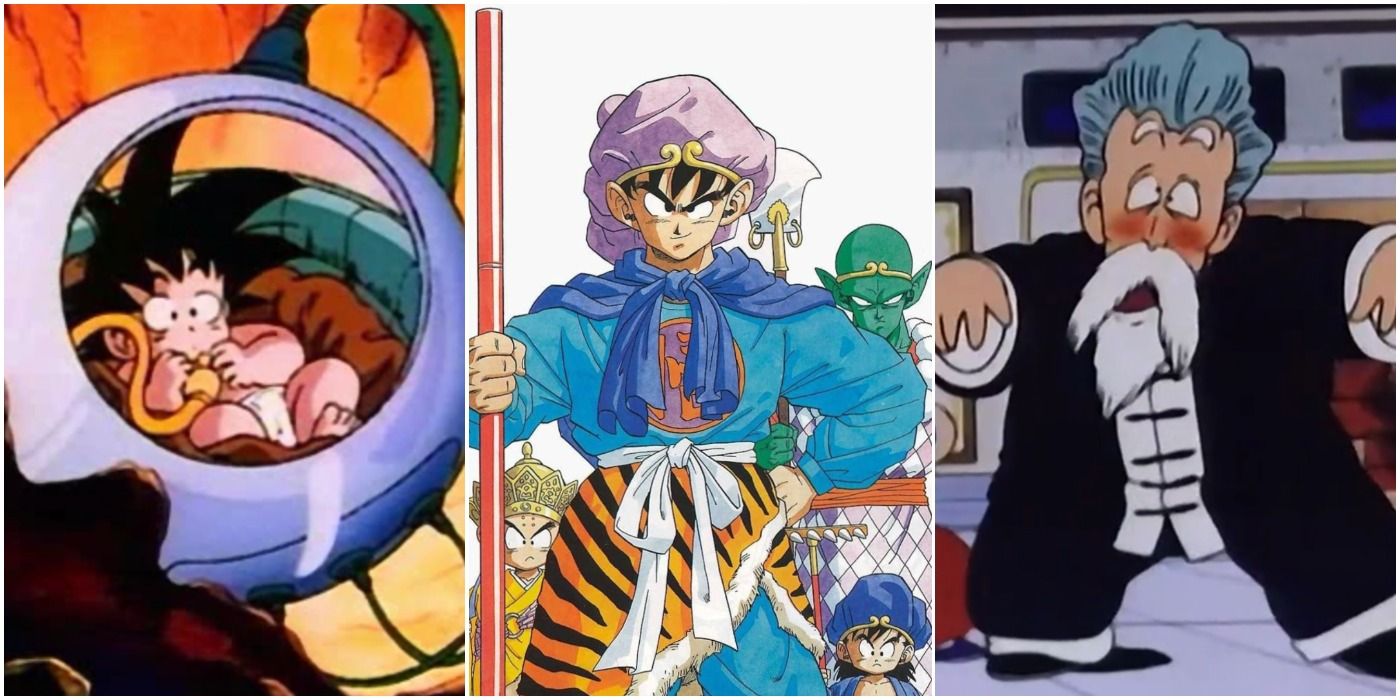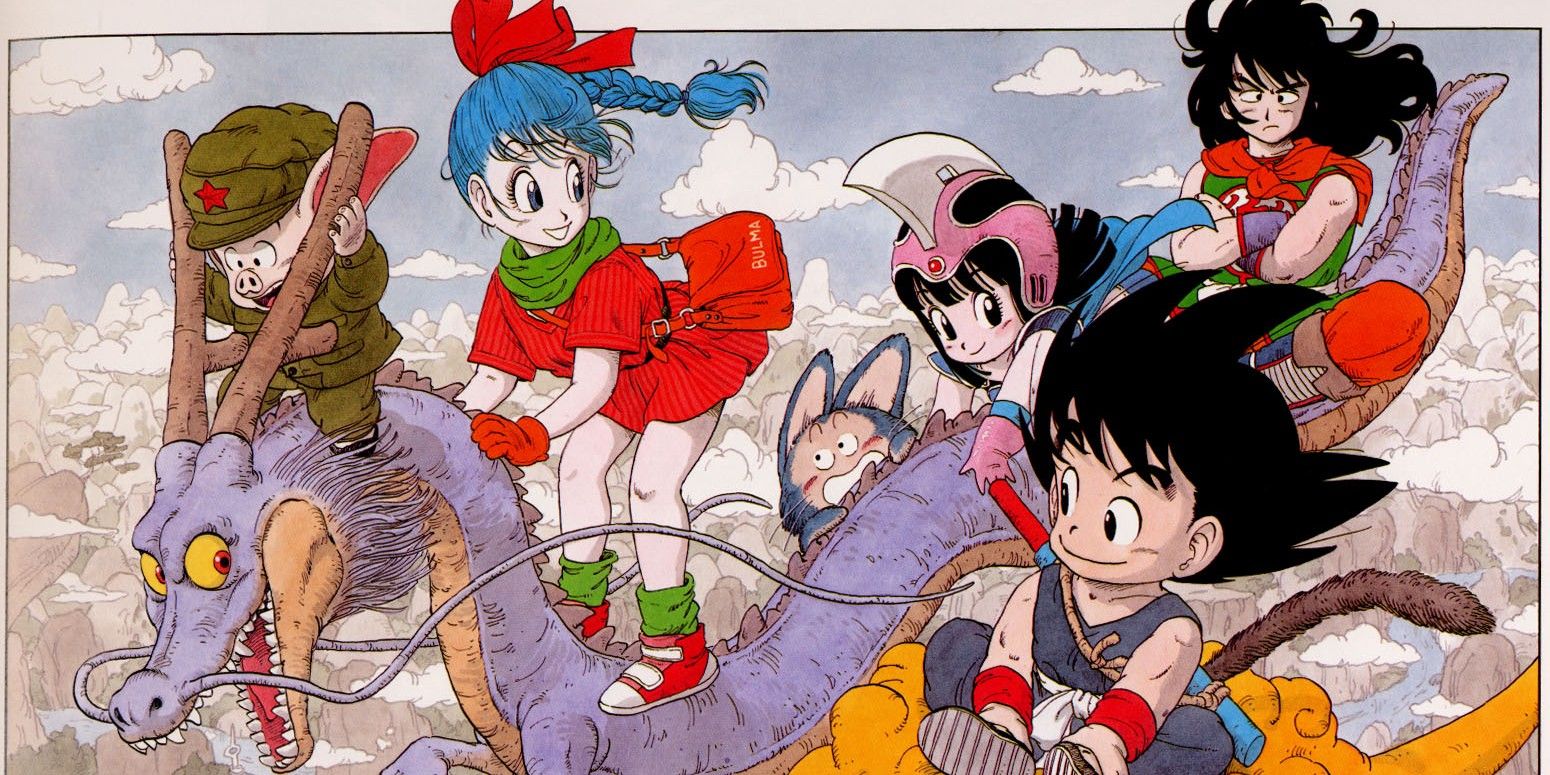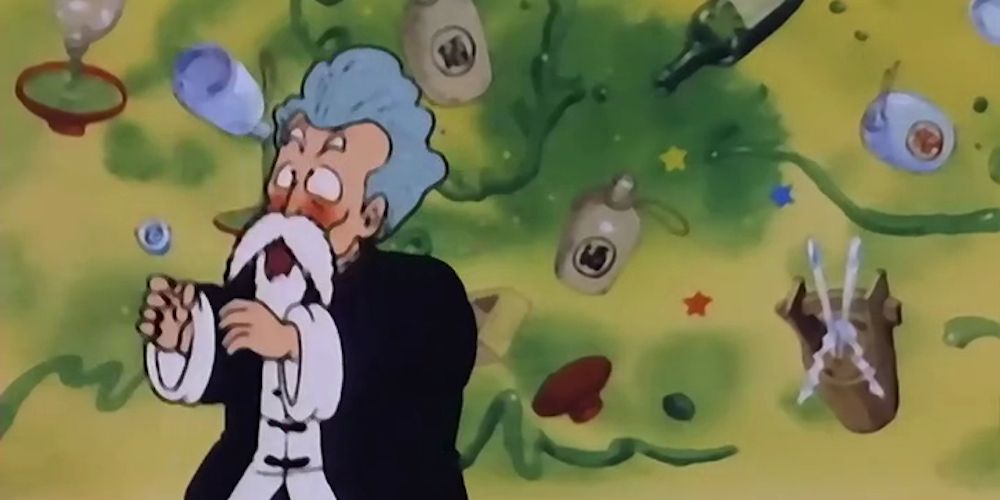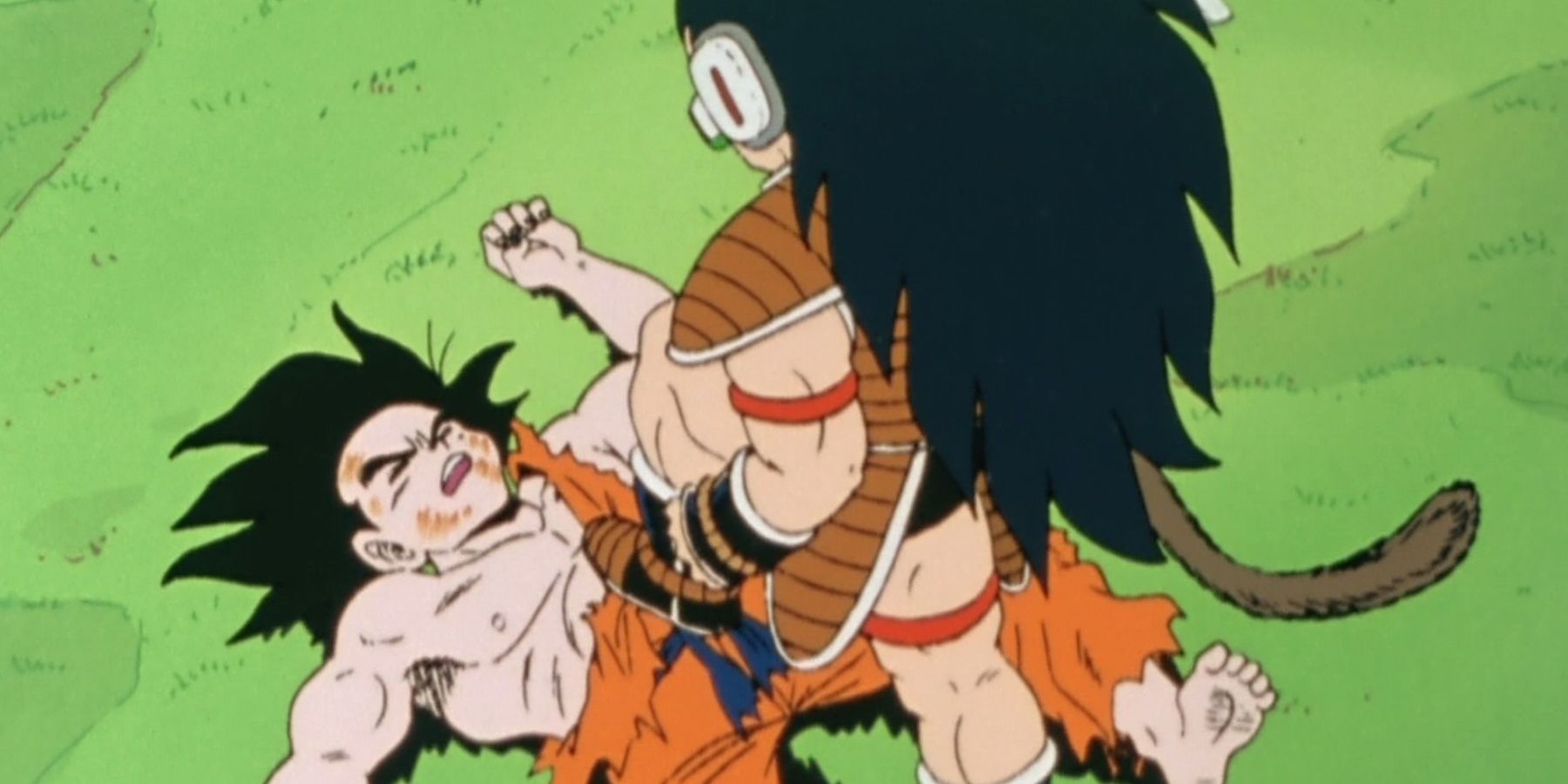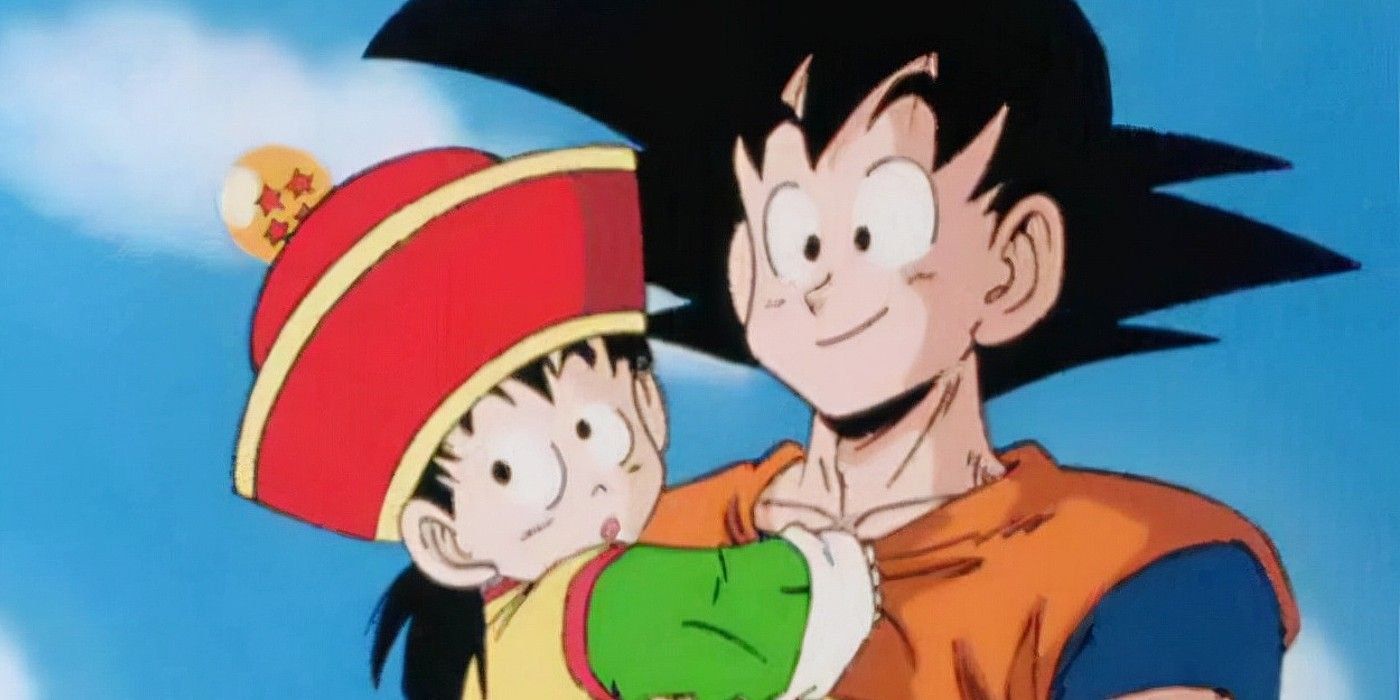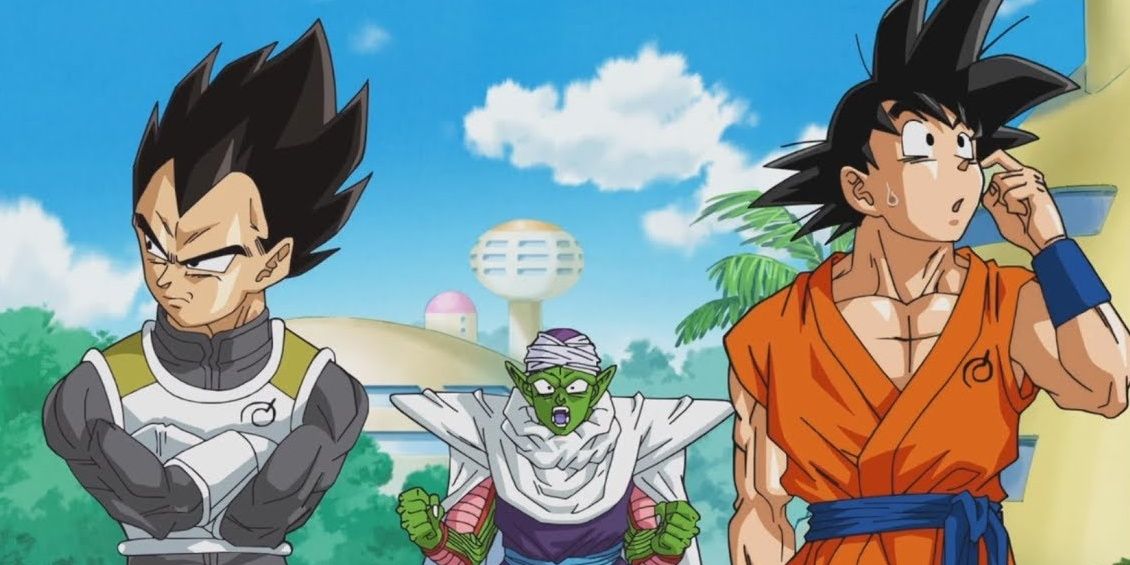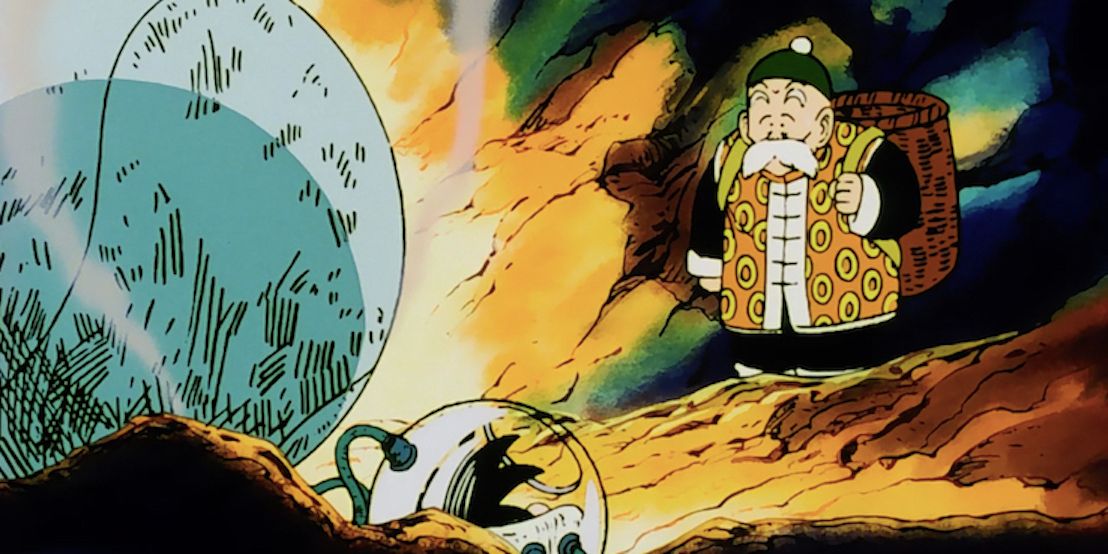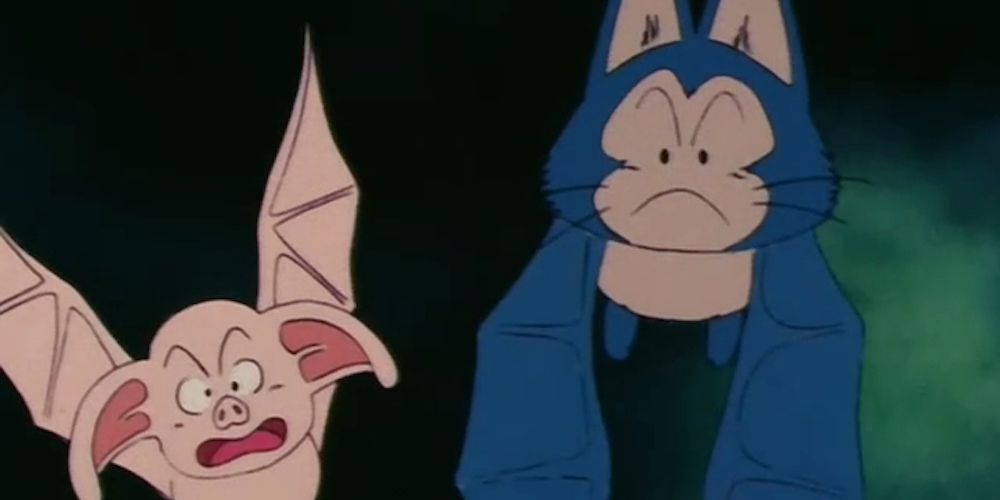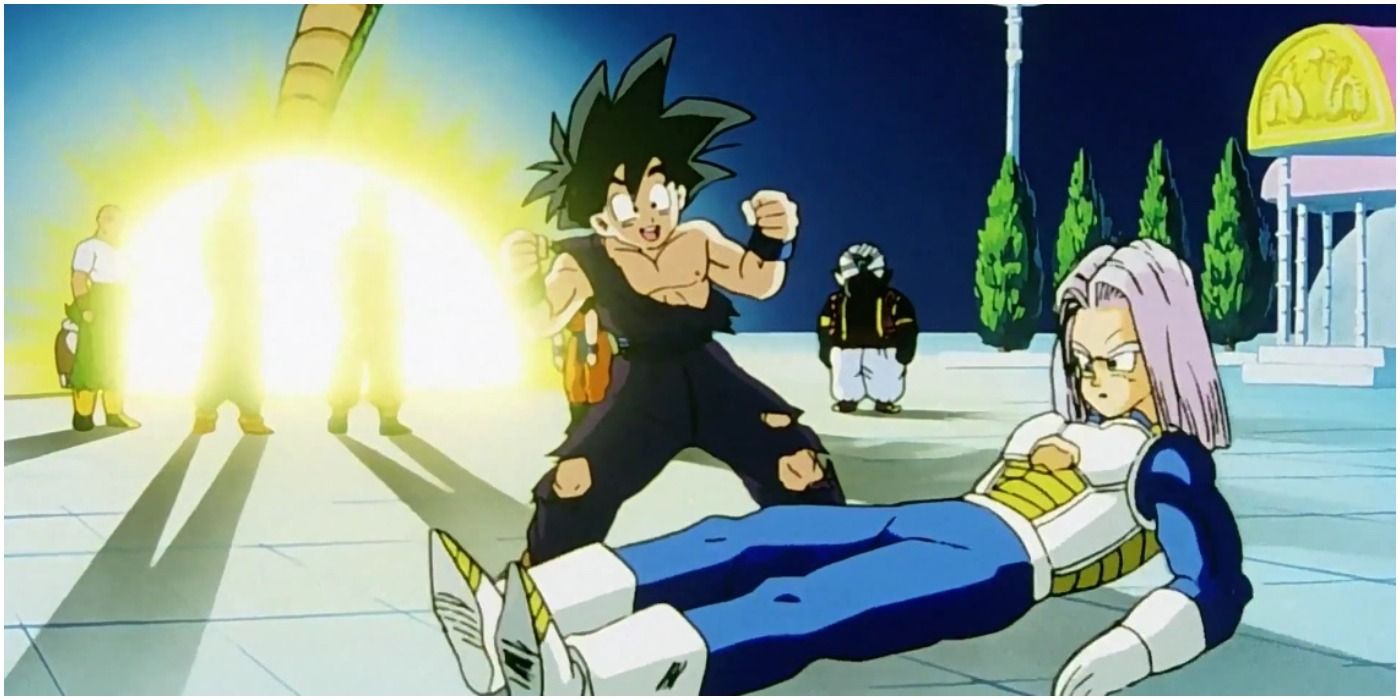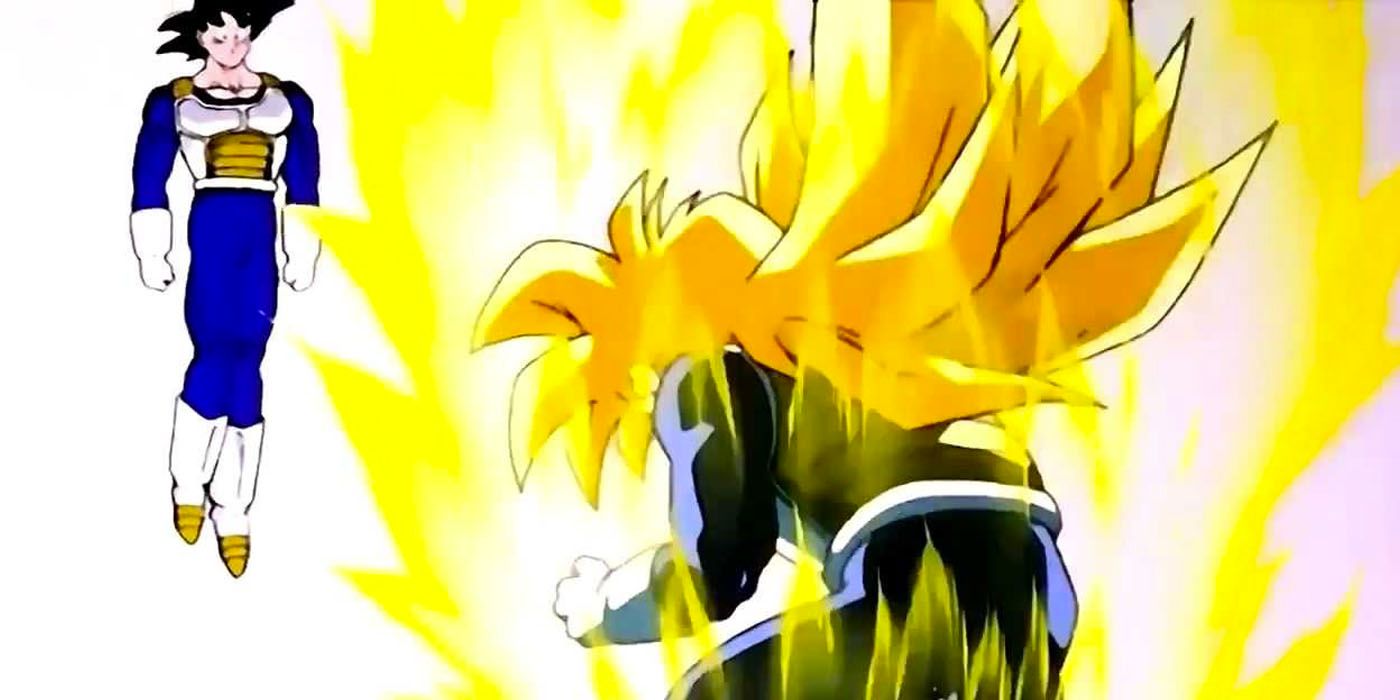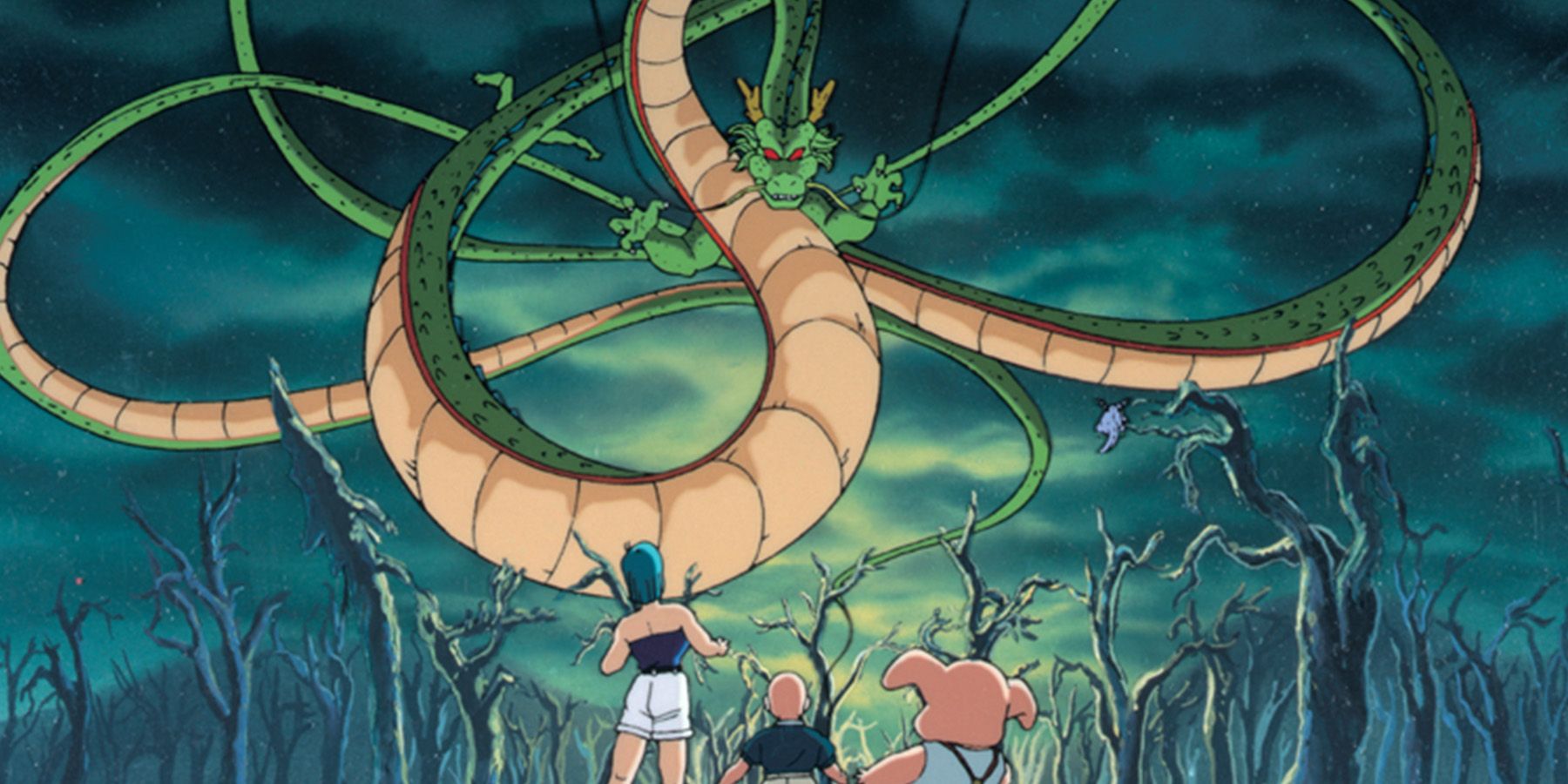A lot of popular anime and manga series come and go, but these industries were forever changed when Akira Toriyama’s Dragon Ball was first released in 1984. Toriyama’s signature shonen series is still going strong nearly four decades later. It’s an impressive example of how a long-running series stays true to its roots, yet also figures out ways to change with the times.
Dragon Ball is a benchmark property that has been able to popularize many trends and tropes that have influenced the next generation of shonen series. It’s easy to view Dragon Ball as a trailblazer for the current slate of shonen anime, but there are also plenty of elements from the series that are actually references and homages to preexisting series.
10 Goku’s Monkey Traits & Accessories Pull From The Journey To The West Legend
Many anime series begin as a collection of different influences and cultural touchstones. Akira Toriyama has never hidden the fact that the core structure of Dragon Ball owes a lot to Monkey King: Journey to the West.
Dragon Ball finds its own voice, but there’s a lot from Journey to the West that’s present in the original Dragon Ball, whether it’s Goku’s helpful Power Pole, Flying Nimbus, or even his monkey tail and the ability to transform into a Great Ape. The name “Son Goku” in Dragon Ball is even a nod to the main character in Journey to the West, Sun Wukong. It’s a compelling framework for the start of Toriyama’s exciting adventure.
9 Master Roshi’s Jackie Chun Alter Ego & His Drunken Master Fighting Style
Goku and the rest of the heroes in Dragon Ball have all spent time training under prestigious martial arts masters. A lot of the original series focuses on the student and mentor bond between Goku and Master Roshi. This relationship reaches its apex when Roshi masquerades as Jackie Chun at the 21st World Martial Arts Tournament where he takes on his pupil.
Roshi’s moniker is clearly a reference to prolific martial arts legend, Jackie Chan, but Dragon Ball also goes one step further with Chun’s fighting style. Jackie Chun turns to an unpredictable “Drunken Style” approach to combat, which draws parallels to Chan’s The Legend of the Drunken Master, but also the broader “drunken fighter” strategy.
8 The Hero Learns That They Have An Evil Family Member
A consistently powerful storytelling trope that all of pop culture — not just anime — turns to is the reveal of a big villain actually sharing some biological connection to the hero. Goku goes through the bulk of the original Dragon Ball as a mysterious orphan, but Dragon Ball Z begins to explain the character’s surprising origins.
The arrival of Raditz, an alien warrior with unprecedented strength, also comes with the news that he’s the brother of Goku. Goku’s villainous roots are a lot for him to bear, but it’s also a brutal turning point where he’s forced to take out his brother.
7 The Series’ Generational Aspect Where Characters Grow Older & Perspective Changes
An important element that a lot of long-running manga and anime series need to consider is the chronology of their timeline and if their characters are going to grow older over time or remain in a state of stasis. Dragon Ball begins with Goku as a precocious child, but he progressively matures over the course of the series.
Goku goes on to start a family, who also age before the audience’s eyes. This generational approach to storytelling where characters grow older and the focus can shift to their descendants is not something that Dragon Ball pioneered, and plenty of earlier series engage in this structure.
6 Former Foes Become New Friends
The heroes in Dragon Ball have their work cut out for them when it comes to the villainous forces who oppose them. More often than not, these enemies are so vile that the only way to get rid of them is through their elimination. However, Goku’s naturally empathetic nature pushes him to give many old enemies a second chance.
Piccolo, Vegeta, Androids 17 and 18, and even Frieza all transition from deadly antagonists to trusted allies. Rehabilitation is now common in Dragon Ball, but it’s not as if Toriyama kickstarted this tradition. The idea of an old enemy who becomes a hero is nothing new and everything from Fist of the North Starto Barefoot Gen indulges in this area.
5 Goku’s Backstory As A Refugee Alien Who’s Sent To Earth With No Memory Of His Past
The original Dragon Ball never hides the fact that Goku is an anomaly, but it’s not until Dragon Ball Z that the series properly examines why Goku is so different. The knowledge that Goku is a member of an alien race who was sent to Earth to escape his doomed home planet comes as a major shock, but it’s a narrative that’s oddly familiar.
Goku’s origins and the circumstances behind Planet Vegeta are remarkably similar to that of the Superman mythos. While not an anime, Superman helps jumpstart this trend and Dragon Ball, as well as other anime series, are indebted to it.
4 The Presence Of Comedic Shapeshifting Sidekicks
Akira Toriyama’s Dragon Ball gradually shifts into one of the most thrilling action series of all time, but it’s important to remember that the original Dragon Ball is much more of a comedic affair and that the pivot towards extended fight sequences came later in the series’ run.
The lighter tone of the start of Dragon Ball is responsible for characters like Oolong and Puar being in the mix, who are adorable shapeshifting creatures. Oolong and Puar feel more out of place as Dragon Ball goes on, but they’re figures who initially make sense. They’re nods to fantasy series and magical girl material where these anthropomorphic figures are the norm.
3 Death Isn’t Permanent & Resurrections Are Possible
Death is unfortunately inevitable in a series like Dragon Ball where the heroes are forced to consistently give their all against powerful, malevolent forces. It’s devastating when beloved characters do meet their ends, but Dragon Ball is able to slightly remedy these consequences through the restorative powers of the Dragon Balls.
Dragon Ball wishes allow fallen fighters to come back to life. This is a popular way for Dragon Ball to play with the audience’s expectations and the outcome of battles, but they’re hardly the first anime to handle resurrections.
2 Power Boosts That Are Signified By A Change In Hair Color
One of the most distinctive features of the Dragon Ball franchise is the over-the-top transformation sequences that the characters engage in, which usually result in an explosive change in hair color and aura. Dragon Ball continues to push the Super Saiyan principle to new heights, which has included a multitude of different hair colors in the process.
The whole Super Saiyan power boost is a trend that Dragon Ball undeniably helped popularize. However, there’s still a history of hair-based power boosts that precede Toriyama’s seminal series.
1 A Treasure That Can Grant The User’s Wishes
Dragon Ball has experienced many changes since its start, but one constant that’s remained through each of the series in the franchise is the significance of the titular wish-granting orbs. Dragon Ball has progressed beyond the Dragon Balls being the most important relics in the universe, but their powers are still routinely turned to as a way to solve problems.
The Dragon Balls themselves are original, but plenty of manga and anime contain a treasure that can grant the user’s wildest wishes. The whole concept of needing to collect all seven Dragon Balls rather than one big treasure also has its roots in the serialized nature of shonen storytelling.
